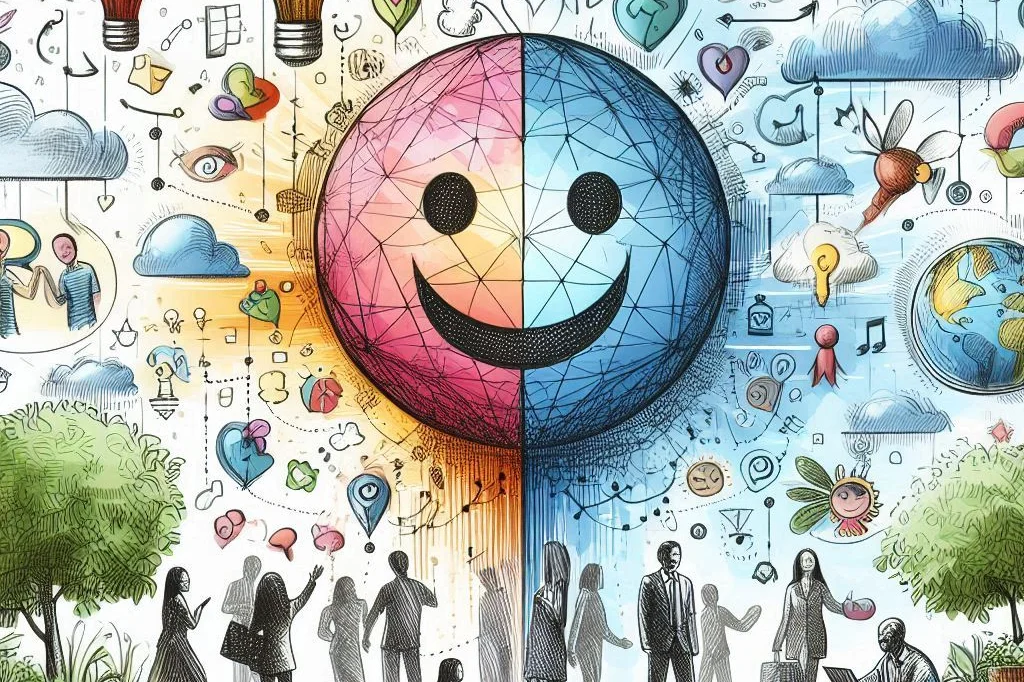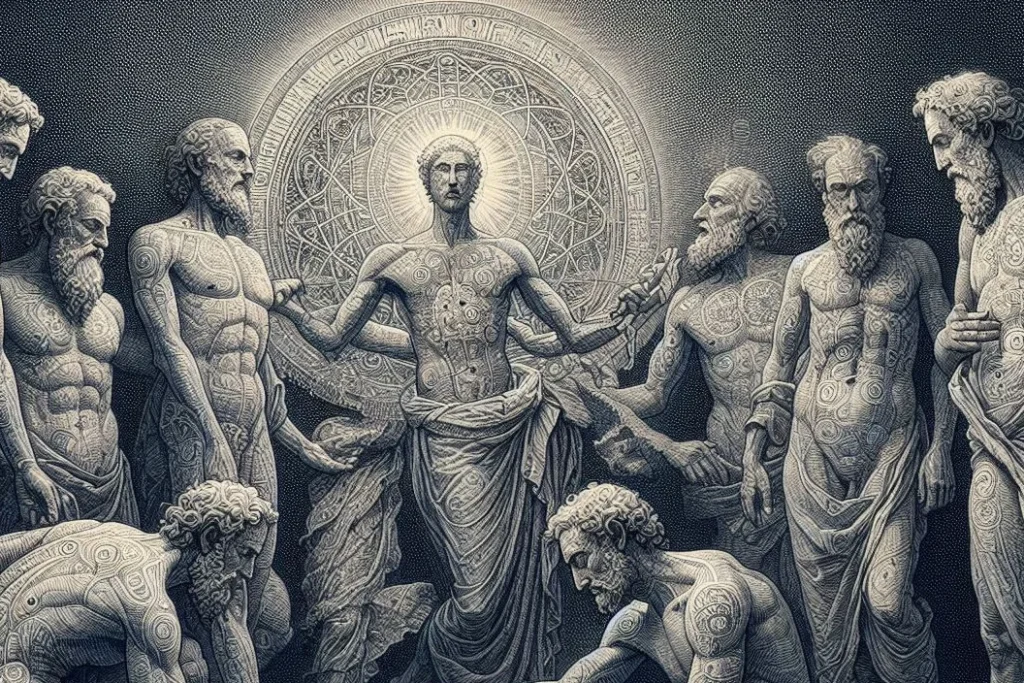How Social Connections Transform the Self and Boost Happiness
Can happiness really spread through social networks? Learn how relationships shape identity and mental health in surprising ways!

The way the self is perceived holds significant influence over life choices, perceived possibilities, and moral judgments. As such, this area of thought carries considerable importance.
Understanding the Self: Perspectives from Philosophy
Philosopher Charles Taylor has proposed that Western philosophical traditions have largely approached the self through two primary models. Frequent exposure is often given to both of these enduring frameworks: the path of self-control and the journey of self-exploration.
“The self only exists in a space of questions, and it is defined by its ability to find an orientation in that space.”
— Charles Taylor, Sources of the Self
Shifting Views on Self-Control in Western Thought

The understanding of self-control has undergone substantial transformation throughout history. According to Charles Taylor, in the era of Plato, the concept involved aligning reason with desire. However, “reason” referred not to logic alone, but to a deeper awareness of the universe’s inherent order. In this view, self-control was defined as living in balance with the structured world beyond the inner self, rather than exerting internal dominance.
During the time of Descartes, a different interpretation emerged. Self-control came to be understood as the force of will directed at managing thoughts, emotions, and impulses. The self was no longer viewed in relational terms but as a separate tool, one that could be shaped and used independently. The inner will was emphasized, creating a picture of the self as distinct from the physical body and capable of ruling over it.
“Reason is not the slave of the passions, but their master.”
— Plato, Phaedrus
The Evolving Practice of Self-Exploration
In ancient Greece, self-exploration was practiced with the belief that one’s nature was already known. The task was to look inward and uncover this pre-existing understanding.
Later, the practice was deepened by the influence of St. Augustine, who encouraged inward reflection to observe the presence of the divine, on which the self was believed to depend.

Over time, self-exploration grew into the idea that each individual holds a unique way of being human. Because of this, it became necessary to recognize and connect with an authentic inner identity.
In Western thought, the arts have often been seen as a primary path to this discovery. Activities such as abstract painting, dance, or writing from dreams have been regarded as meaningful tools for expressing and uncovering the inner self.
“Do not go outside; return into yourself. In the inner self dwells truth.”
— St. Augustine, De Vera Religione
Tension Between Self-Control and Self-Exploration
Self-control and self-exploration can often come into conflict. These two ways of understanding the self have contributed to deep cultural divisions.
A common example involves the question of how clean a living space should be. This has sparked numerous disagreements.

In an essay celebrating cluttered environments as energetic and meaningful, author Matt Alt shared an experience of attempting to maintain a tidy, minimal home, but finding that the effort rarely endured.
“Yet I don’t feel oppressed by my clutter, because it is clutter with which I have chosen to surround myself. My clutter is me.”
— Matt Alt, The New Yorker
This example reflects a tension between the discipline of self-control and the authenticity of self-expression. A clean space may symbolize inner control, while chosen clutter may represent a deeper connection to inner identity.
Debates often arise over which model offers the better path. Despite their differences, both views place the origin of personal identity within, and both highlight the value of freedom—whether through control or authentic expression.
The Self Through Connection
While it may be tempting to view the self as stable and independent, a growing body of research has challenged the idea that one true self exists solely through control or personal expression.
Understanding of the self has been shown to shift with changing contexts. Thoughts, behaviors, and emotions often emerge through interactions with others.

Connection plays a fundamental role in shaping identity. A shared experience, even in silence, can ease pain and lower stress. Disconnection, on the other hand, has been linked to harm in both physical and mental well-being. Social rejection or public shaming may escalate conflict by damaging a person’s sense of identity within a group.
A notable long-term study in Framingham, Massachusetts, began in 1948. Researchers followed thousands of participants and, in 2008, examined the health, emotions, and social ties of 4,739 residents across three decades. The findings revealed a powerful insight.
“Clusters of happiness result from the spread of happiness and not just a tendency for people to associate with similar individuals.”
— Nicholas A. Christakis and James H. Fowler, BMJ, 2008
The happiness of someone three degrees removed—a friend of a friend of a friend—was found to have a measurable effect. Though the influence diminished with distance, the interconnectedness remained clear.
Such findings suggest that both self-control and self-exploration may fall short if either assumes a fixed inner self untouched by relationships or setting.
A reconsideration has already begun around the limits of willpower, once thought to be the core of self-mastery. Similarly, the search for a singular, unchanging self may overlook how deeply the self is shaped by surrounding people and situations.
For many, this may be a surprising idea. For others, particularly within collectivist traditions, it may already be familiar.
